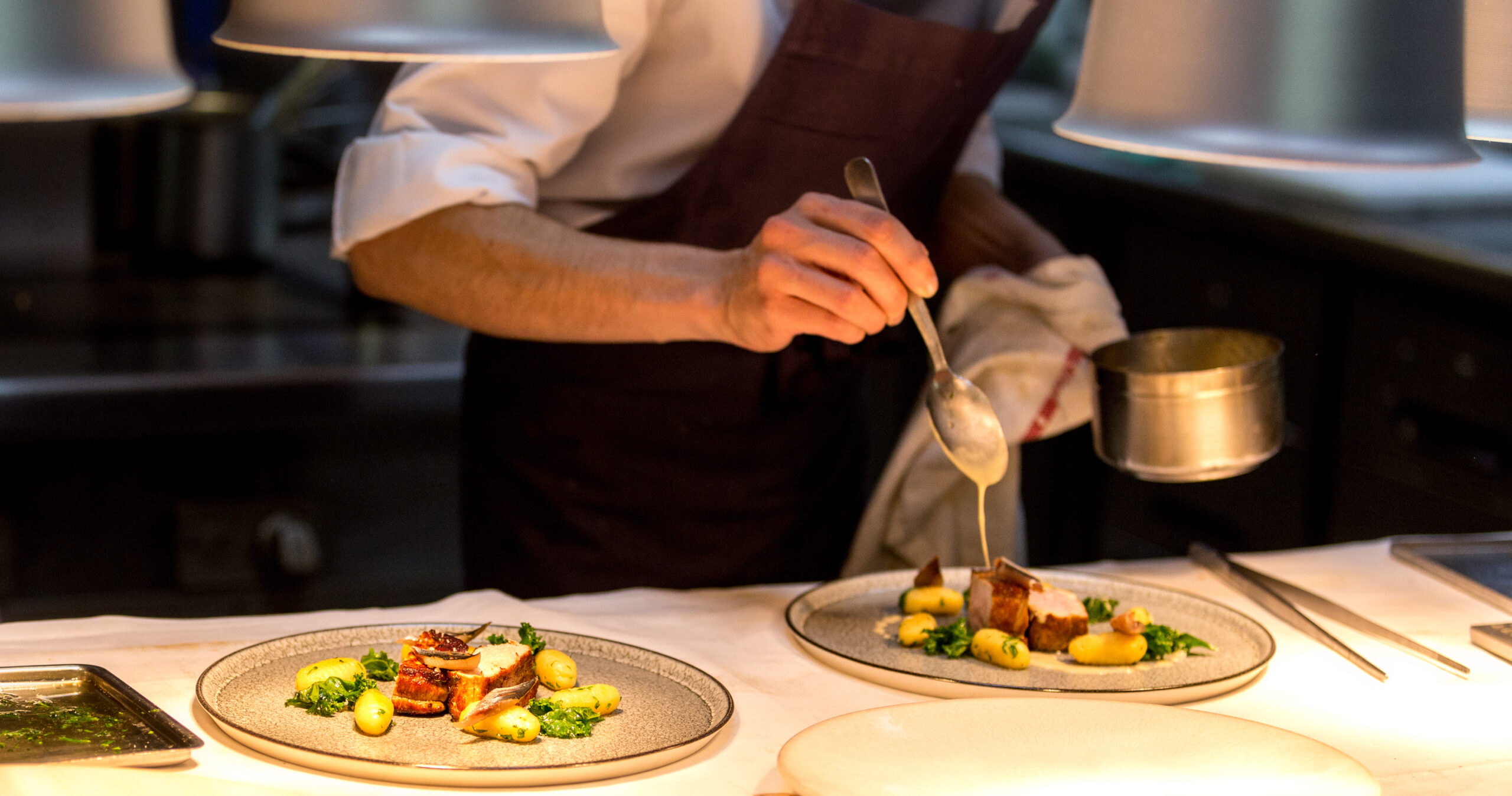Running a successful restaurant business involves more than just serving delicious food to your customers. It includes menu planning, food procurement, preparing and cooking the dishes, and pricing them right. Menu pricing is an essential component of restaurant operation, and it is crucial to set menu prices correctly to generate revenue and profits.
To do that, you must consider various factors, such as the cost of ingredients, labor, overhead, and service. It might seem daunting initially, but with the right recipe costing guide, you can calculate menu prices like a pro and stay efficient and profitable. So, let’s delve into the ultimate recipe costing guide that will help you accurately price your menu’s dishes without compromising on quality.
Cost of Ingredients
The first step in determining menu pricing is to calculate the cost of ingredients. Make a list of all the ingredients you use for the dish and their quantity per recipe. The next step is to calculate the cost of each ingredient by dividing the total cost by the amount used. Keep this handy for future reference so you can adjust prices, whenever necessary, based on any fluctuations in the food market.
Labor Costs
Labor costs include the salary of the chefs, cooks, and other kitchen staff who prepare the dishes and the cost of service staff who serve the guests. Calculate the labor cost for each dish, including prep time, cooking time, plating, and serving. Add up the total labor cost per dish and factor in the number of dishes served to arrive at the labor cost per meal.
Overhead Costs
Overhead costs include rent, utilities, insurance, and other operational expenses necessary to run a restaurant business. To determine the overhead cost per meal, divide the total overhead cost of your restaurant by the estimated number of meals served per month; this will give you an idea of how much you need to set aside for overhead expenses for each dish.
Menu Pricing Strategies
Once you have calculated the ingredients, labor, and overhead costs, it’s time to determine the menu price. There are several pricing strategies that you can use to set menu prices. Some common pricing strategies include a fixed markup price, variable markup price, cost-plus pricing, and menu engineering.
Menu Engineering
The menu engineering process helps you determine which dishes are the most profitable for your business. By analyzing the popularity of a dish vs. the profit margins, you can decide whether to add or remove items from your menu. By optimizing your menu, you can generate more revenue per dish and, ultimately, for your restaurant.
Menu pricing can be overwhelming, but a recipe costing guide can help you accurately calculate the cost of each dish and price it accordingly. Remember to consider the cost of ingredients, labor, and overhead, and use pricing strategies such as menu engineering, markup pricing, and cost-plus pricing to optimize your menu and generate more profit. By implementing these steps and practices, you can price your restaurant’s menu like a pro and run a successful business.

